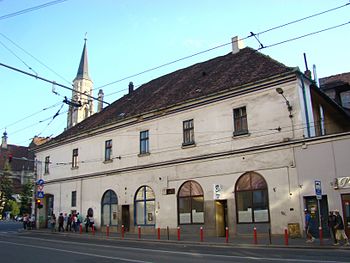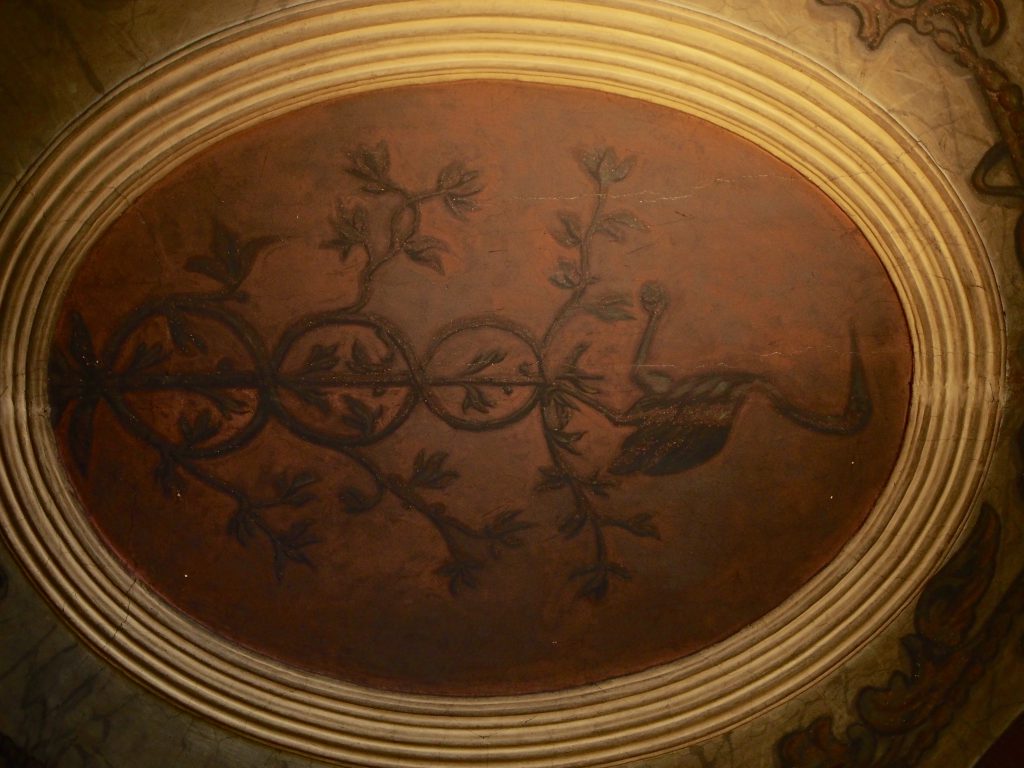 It’s a sunny, biting-cold, autumn Saturday morning. Cluj-Napoca is hyper as always, swarming with students. The taxi driver, a friendly Hungarian man, has no clue where the Pharmacy Museum is, reports Romania-Insider.com.
It’s a sunny, biting-cold, autumn Saturday morning. Cluj-Napoca is hyper as always, swarming with students. The taxi driver, a friendly Hungarian man, has no clue where the Pharmacy Museum is, reports Romania-Insider.com.
“It happens to me all the time,” says Ana Maria Gruia, who works as a guide at that museum. “So I tell taxi drivers that it’s near hotel Melody.”
The museum is, indeed, hidden; but it’s hidden in very center of the city. Right across the street, there is the Lutheran Church. Melody, a famous hotel built in the 19th century, is 50 meters away.
The museum building hosted for centuries a real pharmacy. It’s often described as the first pharmacy of Cluj-Napoca.
In front of the entrance door, you can notice a small banner announcing the Harry Potter exhibition, which ended some time ago.
Another big banner, showing to the Ferdinand Boulevard, warns people that the museum is in great danger. It can be evicted any time.
The story of the small pharmacy museum located in the center of Cluj-Napoca starts in the 16th century with a rebel Saxon of Transylvania. Ousted from Hermannstadt (the current city of Sibiu) and Kronstadt (now Brasov), the pharmacist moved to the north, in Cluj-Napoca, where he set up the first pharmacy in the city.
The little medieval pharmacy was a big thing for centuries. People would go to the pharmacy to buy drugs, candles, cosmetics, balms, but also for exotic, more expensive products. Was your young wife lacking interest in sex? No problem, just a little lizard dust from the Orient, and things would get more intense. What about feeling tired all the time? There was the real mummy dust, the best of the best. No only did it energize you, but it also drained your pocket.
Then, just like under the curse of some noble man from Cluj-Napoca, unhappy that the lizard dust didn’t work, things rushed towards destruction.
In 1949, the pharmacy was nationalized and turned into a bakery. It was similar to the fate of many businesses in the new Communist Romania. The Baroque paintings of the entrance room called Oficina, remained. The other objects and products of the pharmacy were lost.
 Some years later, the building was turned into a pharmacy museum. It displayed a collection of pharmacy objects from all over Transylvania, which had belonged to the professor Gylla Orient.
Some years later, the building was turned into a pharmacy museum. It displayed a collection of pharmacy objects from all over Transylvania, which had belonged to the professor Gylla Orient.
Then Communism collapsed, and the building’s former owners showed up. The fate of the medieval pharmacy was decided in Romania’s courts. By the late ‘2000s the building was returned to the heirs of the former owners. The state could buy it, but didn’t. The responsibility was moved back and forth between the Culture Ministry and the Cluj-Napoca City Hall.
The museum now needs to be evicted. Hundreds of fragile glass, wood and ceramic recipients dating from the 17th century are likely to be moved into a new space, with no history attached. The Baroque paintings will remain, again.
Read more HERE



